Meet Morton Sager: Project Manager for Bayou Preservation Association
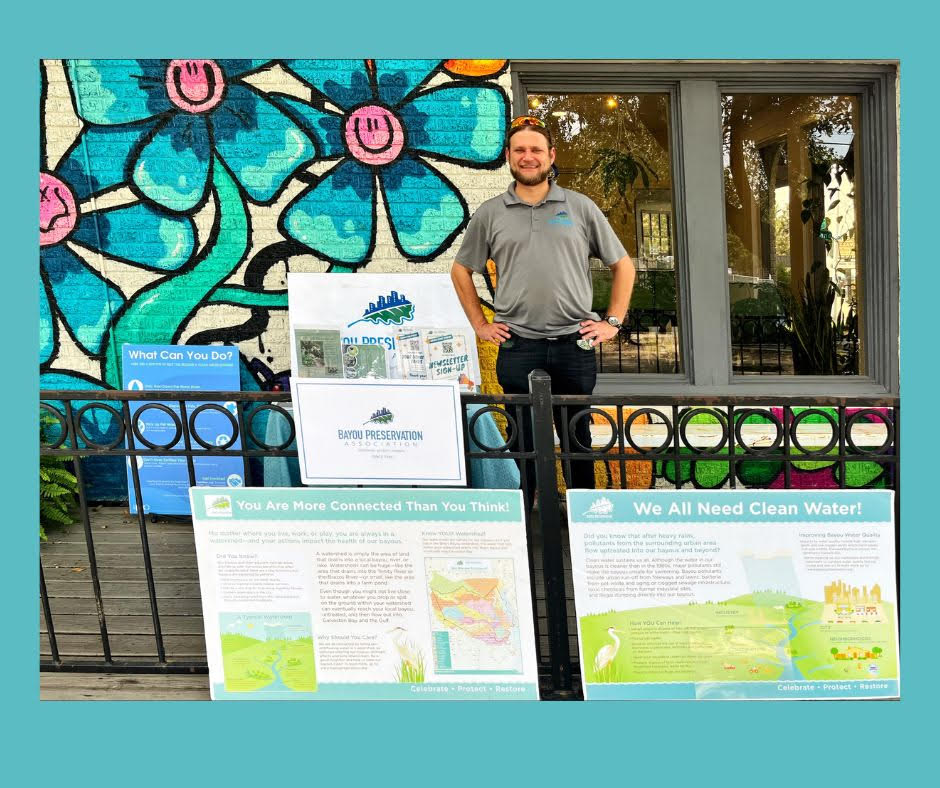
By: Susie Hairston
Morton Sager is one of the many unsung environmental heroes we have in the Houston area. For the last two and a half years, he has worked for Bayou Preservation Association (BPA), which celebrates, protects and restores the natural richness of all Houston area bayous and streams.
In his role as project manager, he leads the Bayou Appreciation program and the Clean Bayous program, which, as its name makes clear, entails trying to keep the bayous clean from litter, waste, sediment, and other debris. Morton explained, “though we focus on doing cleanups, we also put a lot of energy into trying to create innovative programs that stop the waste from reaching the bayous in the first place, such as the Pots for Plots program and the Reclaim the Drain program.
Morton singles out Pots for Plots as something he is especially proud of. A program that collects plant pots for reuse, it has not only been a success in terms of keeping discarded pots out of the bayous, but also in terms of economics. It “was the first program that I started with BPA and I always like to say it wasn’t even like, you know, people say a wing and a prayer —we didn’t even have a wing. We had like 2 feathers. And a prayer.”
Using collapsible scrap metal storage bins salvaged from a warehouse where one of Morton’s artist friends had a studio, they “would take a bin, unfold it, and set it out at different local nurseries for people to drop off used pots. We were originally thinking, you know, oh, I might get 200 pots over a week, and we had 1200 in the first three days. And then people started reaching out to us, asking how do we get a bin? How do we do this?”
And so a program that was supposed to last 3 months, ran for nine months, and then became permanent. “It has just been a huge, huge, huge success! And the nurseries love it. One of the nurseries saved about $4300 last year because they did not have to buy new pots. The Native Plant Society has told us the program saves them about $700 a year.”
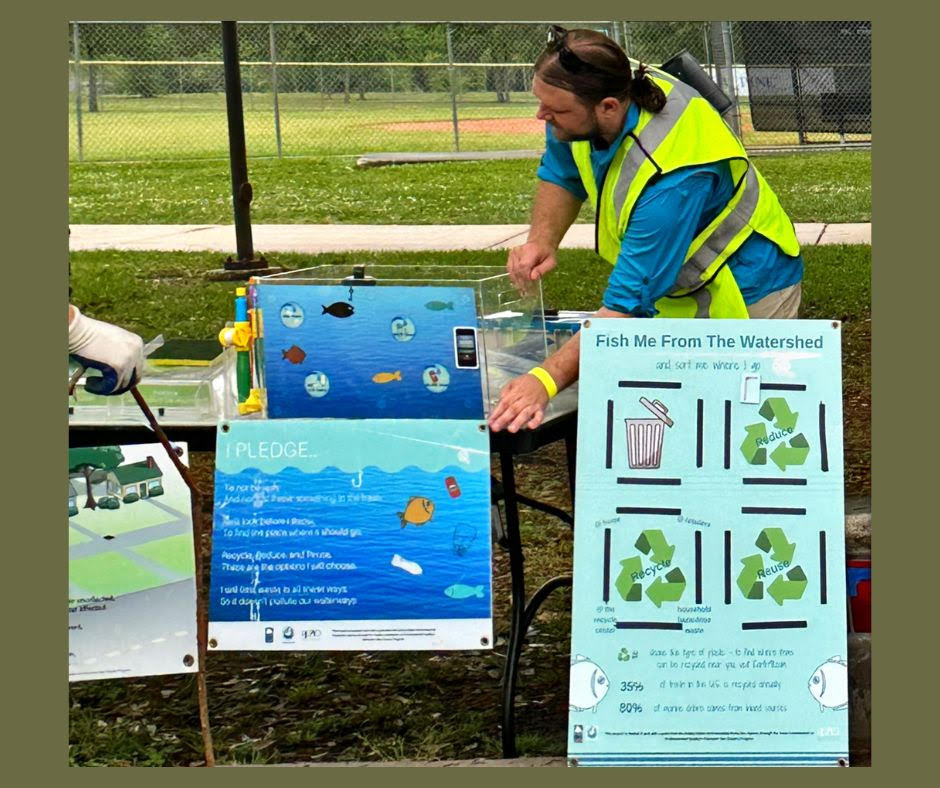
Reclaim the Drain program is dedicated to trying to get people to take civic action and adopt their drain to ensure debris does not enter their drain by keeping the surrounding area free of leaves and trash. In the city of Houston, the water that enters our storm drains isn’t treated. Everything goes right into the bayous and from there to Galveston Bay.
“When I first started working on Reclaim the Drain, my goal was simple: I wanted people to see storm drains not as forgotten infrastructure, but as gateways to our bayous. Too often, litter and debris tossed aside end up in those drains, carried straight into the waterways we’re trying to protect. I knew that if people could take ownership of even one drain, it could spark pride and responsibility that spreads across entire neighborhoods.
“That’s why we created free Reclaim the Drain kits. I didn’t want anyone to feel left on their own. Each kit includes gloves, a safety vest, trash bags, and a folding shovel, along with drain markers and butyl tape so participants can clearly identify the drains they’ve adopted. One of my favorite touches is the chalk. We encourage people to decorate their drains with art or messages, turning something ordinary into a visible reminder of how drainage impacts our bayous. Thanks to a partnership with a local Shipley’s Donuts, we even repurpose their used buckets, giving participants sturdy, reusable containers while reducing waste.
“Just as important as keeping debris out of the drains is the data we collect while doing so. Participants record what they find in their drains, providing valuable insights that help us identify pollution sources and target solutions before waste reaches the water.
“For me, Reclaim the Drain isn’t just about cleaning storm drains. It’s about connecting people to their neighborhoods, showing that small, everyday actions matter, and proving that together, we can make a lasting difference for Houston’s bayous.
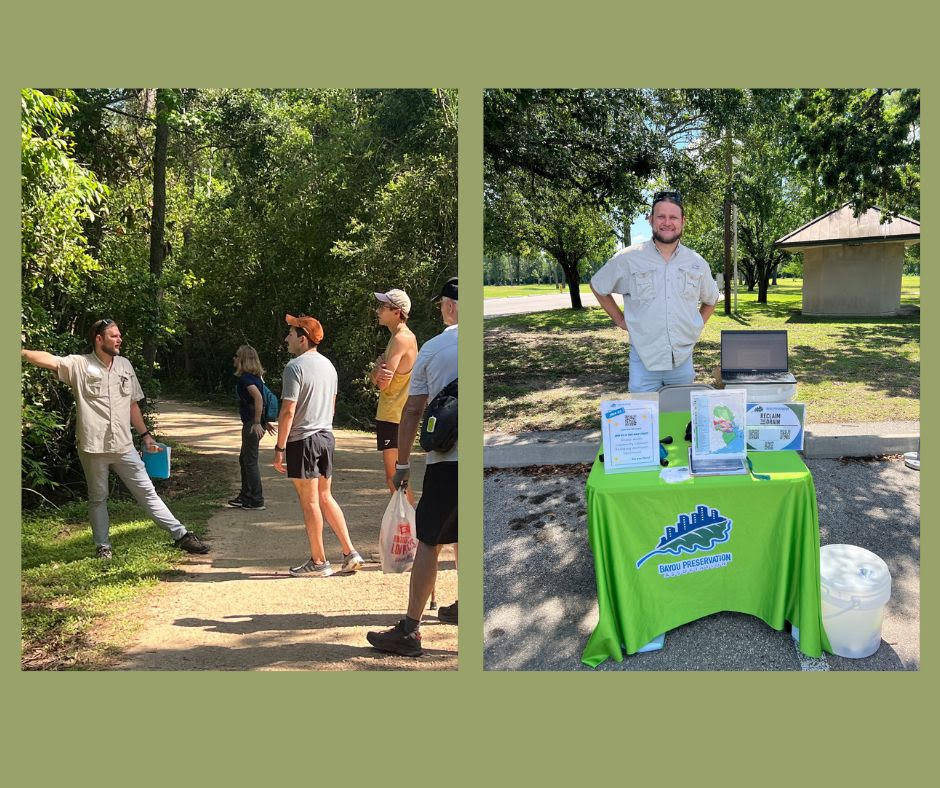
The Bayou Appreciation program is essentially about getting people outdoors to enjoy and appreciate our natural spaces; it also serves to help overcome an image that many people have of bayous being dirty and gross. Many adults don’t understand what a watershed is, so on the “Start Here” walks, Morton explains what a watershed is, and talks about the environmental benefits of bayous, and the negative impacts humans are having on the watershed. But, he tells me, also, while walking around “I’m like oh, there, everyone stop. Look at those Bluebirds; look at the Hawks, I discuss some of the species, show the participants some native plants. And so I’ll bring those things into the walk, but it does focus on the importance of the bayous, respecting our bayous and the impacts that our bayous are having.”
Morton’s passion for protecting our environment came from growing up surrounded by nature and from the example set by his mother. Morton grew up near La Marque next to the Highland Bayou, but spent a lot of time as a child in Huntsville where his grandfather was dean of men for Sam Houston State and in the West-End of Galveston, where his grandfather was the principal at Ball High School before he retired. Morton had free run of a huge tract of land as a kid: 30,000 acres owned by family friends in Huntsville. “I got to go out into what was essentially a private reserve and run around and experience all of its beauty.” He also got to spend a lot of time at the beach, fishing and enjoying a lot of natural areas near his grandparents’ house in Galveston. The land around his grandparents’ house, once owned by ranchers and farmers in Galveston, was sold to developers, but they were never allowed to develop it, and now that area is a protected reserve managed by Artist Boat. “I can’t go out there anymore, but it still looks the same as when I was a kid, which I truly appreciate and value.” Though some of the land in Huntsville was sold off, a large majority remains in family friends’ hands and is still protected by their ownership.
Morton’s mother, who taught 4th and 6th grade science, “always did really big programs for saving the rainforest. She was actually on Nick at Night News. I think she saved over 100,000 acres in Belize, Brazil, Costa Rica, and parts of Guatemala. She had done this through a program in the 90s where, you know, for every ten t-shirts she sold, they were able to purchase one acre of land.
“Once we got older, she joined with Cultural Embrace, and we would go down to South America and Central America to do environmental work and engage with the local community there for weeks at a time.” For every 10 people she signed up for the program, My mother got to take one person for free, so as kids early on we had “working summer vacation in Costa Rica, though it never seemed like work to me when I was younger. It really helped to shape my appreciation for the environment and how crucial it is we protect it.
“As I got older, my passion for saving the rainforest shifted: I realized we needed to get hyper local. Only one percent of 1% of the Gulf Coastal Prairie remains pristine and untouched. A lot of these natural landscapes in the city of Houston are being developed before we can even really appreciate them.”
Morton went on to get a degree in environmental science. While going to school he worked first bartending, then selling beer in stores, and then working with the Galveston Bay Foundation. He added a minor in interpersonal communications when he realized that though a lot of the students in his environmental science classes were smart, they lacked the ability to communicate the environmental information they were learning. He realized learning environmental science was not enough; being able to communicate what he learned was key to making a difference.
Like many who work for environmental nonprofits, Morton wears many hats, has many skills, and has to be versatile, creative, resourceful, and constantly navigating multiple very different kinds of tasks.
A typical day in Morton’s life at BPA entails answering emails, ensuring work on grant funded projects is being done, meeting and working with partner organizations on shared projects, and getting out in the field for clean-ups, restoration projects, and bayou appreciation walks. Currently, he is also reading resumes and doing interviews for watershed stewards for a grant BPA received. Morton also does water quality testing. “Maybe about once or twice a week I do get to go out and do site visits, test the water quality, take lots of photos and things, which I always really enjoy. And I use these testing days as a chance to get some exposure for BPA and what we are doing. I always cross my fingers whenever I’m doing water testing that somebody’s gonna come over and ask us what we’re doing.
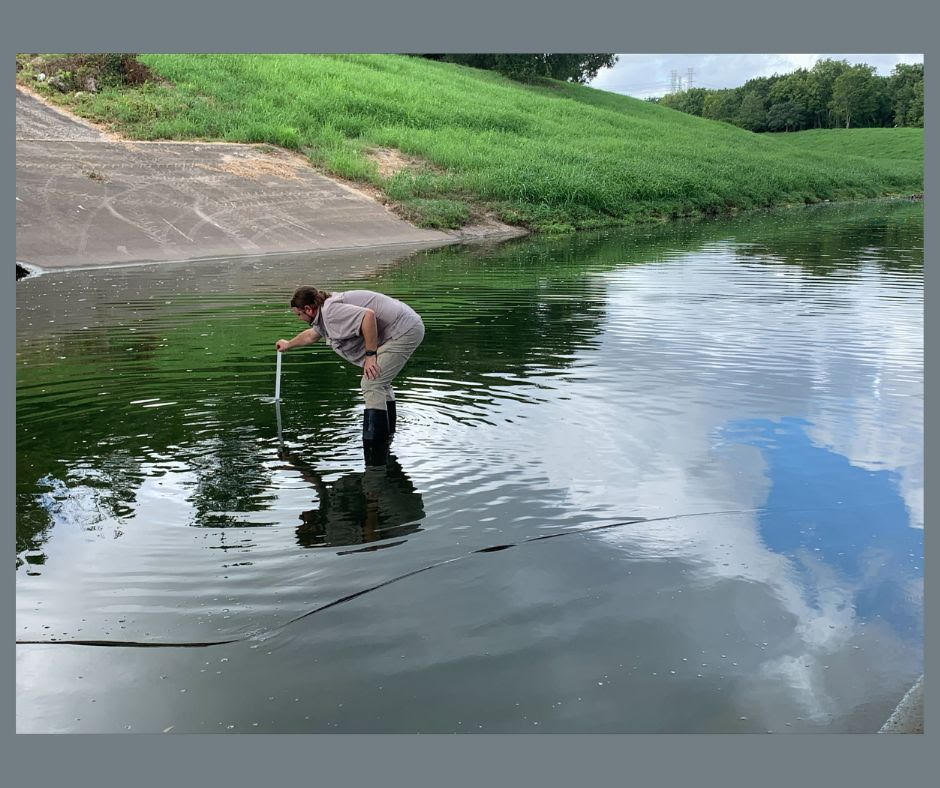
“I also see these water testing days as a good chance to view some of these neighborhoods as I’m driving around to get a sense of them that will help us develop some neighborhood specific programs. I think: What do they really have a need for over there? Because it’s a huge diverse city, everybody’s got different income and education levels and backgrounds, so everybody needs something a little bit different for their area.”
What Morton finds in our bayous
When Morton is leading bayou clean ups, he comes across a lot of tires, single-use plastics, and golf balls. He takes the golf balls to a local brewery in the Northside because they have a little free mini golf course at the brewery, and kids pocket the golf balls all the time. “I think the last time I went up there I had like 36 golf balls.”
But he also comes across some more unusual items like a cash register that he still has in his garage and something that looks like a Somali pirate’s knife stuck in a tree on the bank of a bayou. Once he found hundreds of doll heads and arms. “It was kind of creepy. It was like somebody illegally dumped them, and then they all just floated down there.”
In addition to being passionate about protecting watersheds, Morton is passionate about biodiversity.
“I love getting to see all the different bugs, butterflies, and everything else around here. Before this meeting, we had our weekly team meeting, and I always stand up and look out into my front yard where all my native species are. And there were two ruby-throated hummingbirds this morning, and yesterday a bat-sized IO moth flew out of the trumpet vine when I was trimming it.”
In addition to the fact that Morton enjoys seeing all the diversity of life on this planet, he told me, “The importance of biodiversity is a huge thing that I’m trying to impress on people. All living things have carbon locked away in themselves because, you know, a living Organism is living carbon, but when these plants and animals die, the carbon they contain is going to be released into the environment. And so as we lose that biodiversity, we are going to lose the huge carbon sink, which is natural life.”
Just like many others working in the environmental space, Morton doesn’t leave his passion for protecting our shared earth when his work day is over. He’s cleaning up vacant lots and repurposing things he has found discarded, working in a community garden, planting native plants and encouraging others to do so as well.
In addition to finding things during his bayou cleanups, Morton also finds things while he and his wife are walking around his fifth ward neighborhood, picking up debris and salvaging things that have been illegally dumped in vacant lots and in the streets. His current favorite find? Two pieces of a $50 bill he recently found that were 10 feet apart from each other on the bank of the bayou. He and his wife find a lot of money. “I think this year together we’re up to $138 just from looking in the ditches and on the streets. He also found an oxy-acetylene welding set from Harbor Freight in a ditch that he has since put to good use. When he first started working for BPA, he would make use of things he’d salvaged to help stretch limited supply funds, for example, making a bin for their Pots for Plots program out of scrap lumber.
He is working with his local community garden, trying to establish more native plants in the area. “So when I’m not working on the environment for work, I’m working on the environment for myself. A lot of people make jokes, you know, in this industry, it’s like you can’t turn it off. One of the things I’m proud of is when we moved into this house, the whole front yard was Saint Augustine and Chinese privets. Now I have 53 different native grass, shrub and flowering species, and so I’m trying to work on getting it declared a natural area under the city’s permitting process. I just need to find a bird bath that the stray cats won’t mess with.”
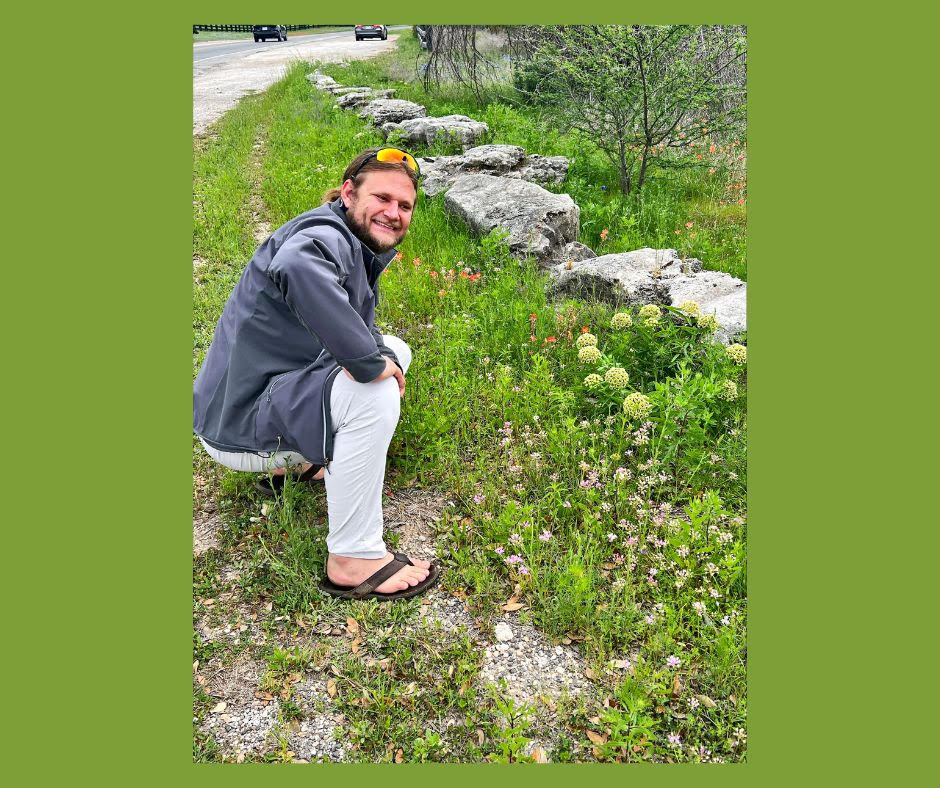
Morton is on a native plant mission. He sees bringing native plants into the neighborhood as a way to connect with people and get them involved with improving our environment. “People see some of my native plants out there and they’re wacky. They’re weird, like rattlesnake master. There’s like a whole class that I call my Star Trek plants because they look like something from an alien world, but technically they’re from this region. And so when people see them, they’re like, I’ve never seen that before. And I’m like, well, that’s a shame because this is where it used to live. And then they’re like, “Oh!” I get people that will come knock on my door and ask to pick flowers from my front yard. And I always say, ‘I’ll do you one better. Here’s some scissors so that they’re all nice cuts, and here’s some seeds to go home and grow them yourself.’
“I collect seeds from my plants and just throw them around while I’m walking the dog, covering abandoned lots with native seeds. And so on my block specifically, you can see as you get closer and closer to my house, the spread of the Indian blanket, the basket flower, things that have escaped my yard.
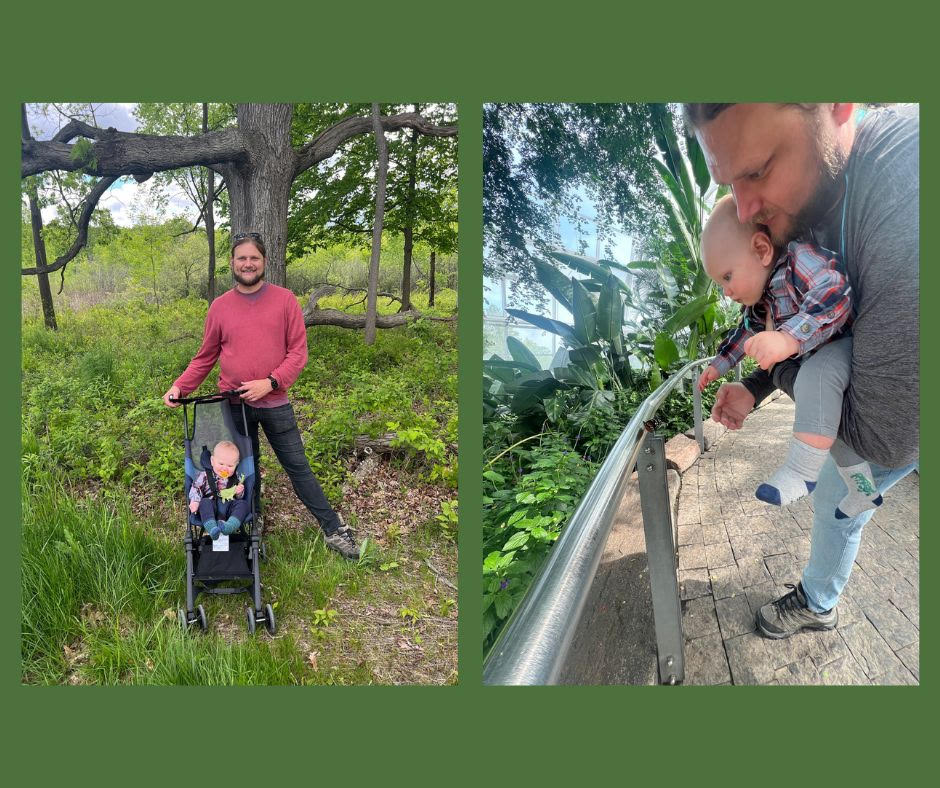
Morton has recently become a dad and is instilling a love of the Earth in his 14 month old. He says of being a new dad, “it has been wonderfully terrifying!” He’s really excited about getting to instill the same passion for nature in his son that his parents instilled in him. “My friends joke that our baby’s going to have the craziest immune system because I know native foraging, so as we walked along the trails around here, when dewberries and mulberries were in season, I would pick a mulberry, check for bugs, and stick it in his mouth. Then give him a dewberry. Bam. My wife and I joke that my wife wants him to be the next Steve Irwin. And I keep saying no, no, no, we need another David Attenborough. He’s going to be gone soon, and we need someone to replace David Attenborough.”
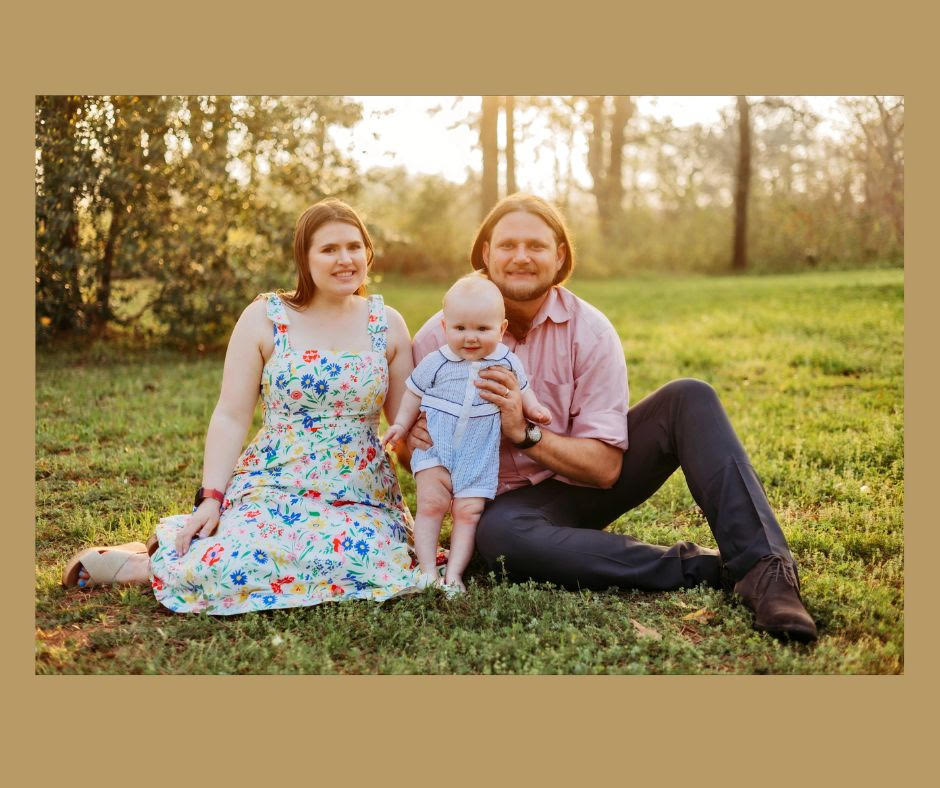
When Morton thinks about the future, he says, “I wish we could get more appreciation for our environment because here in the state of Texas, you know, it’s big, it’s vast, it’s always here, so everybody takes it for granted. I want more people to realize that you shouldn’t. And so I really hope that a future for our earth is that we see that our ecosystems are extremely valuable, that we don’t need to turn everything into concrete because we want the water to move.”
One impactful thing individuals can do to help our waterways: Pick up dog poop.
Dog poop is not just a nuisance, it’s a health hazard. “The over 900,000 dogs just within the 610 loop of the City of Houston pooping twice a day equates to somewhere around 36 garbage trucks full of dog poop every single day in the city.
“Water lands on that and washes into our bayous, bringing E. coli and all kinds of other pathogens with it, resulting in the outcome that every single bayou within the City of Houston is 200 to 1100 times above the legal bacterial limit for recreational usage. That’s why they tell you not to get in the water around here, because it is just so full of harmful bacteria. It doesn’t just affect the local Houston area. When a big rainstorm comes through, the bacteria contaminated water gets carried to Galveston. And then, three weeks later Galveston sends out an alert about a high bacterial load and flesh eating bacteria found in Galveston. Those bacteria problems in Galveston are a result of the fact that you didn’t pick up the dog poop in Houston.
“So that’s a really big thing that you can do: pick up your dog’s poop and encourage others to pick up their dog’s poop as well.”